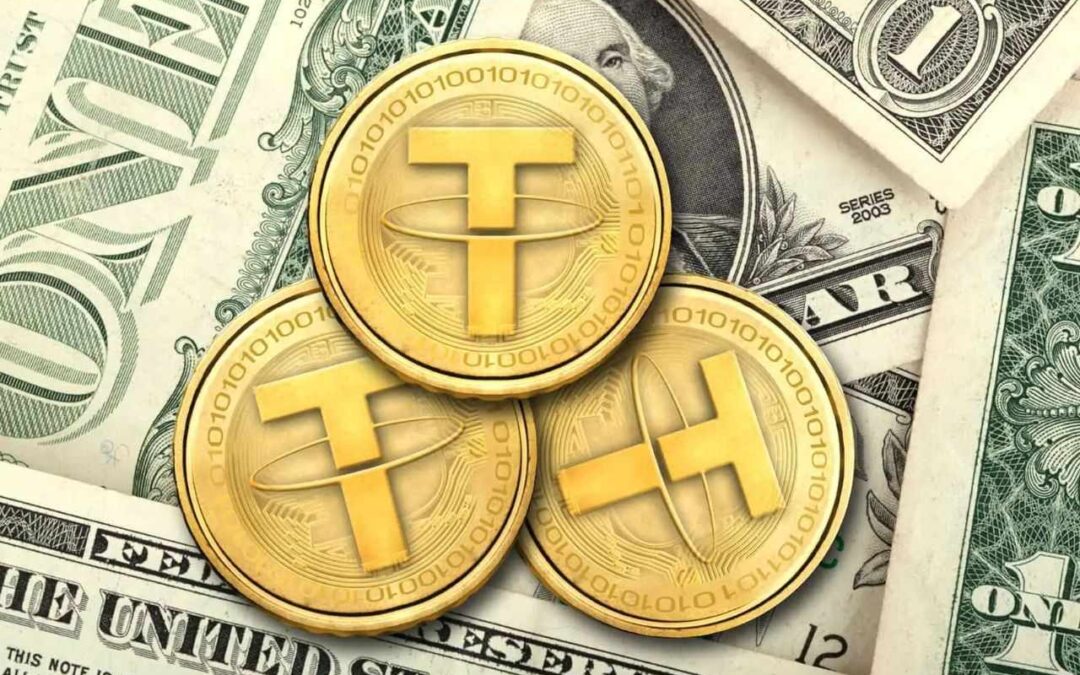Synopsis: Tether is transforming finance, nearing a $500 billion valuation with major investor backing. It boasts 500 million users, offering financial access globally, especially where banks are scarce.
Tether is quietly reshaping modern finance. Recent reports suggest the world’s largest stablecoin issuer is negotiating with major investors to raise nearly $20 billion. If completed, the deal could value the company at around $500 billion an extraordinary milestone that would place Tether among the world’s most valuable private enterprises.
Cantor Fitzgerald, a respected Wall Street advisory firm, is reportedly leading the possible fundraising. That involvement signals how traditional finance is now taking stablecoins seriously. For someone who has watched this sector evolve from skepticism to mainstream relevance, Tether’s journey feels nothing short of remarkable. It’s no longer just a crypto trend it’s financial infrastructure in motion.
Breaking Barriers of Access
Tether recently reached another unprecedented feat: 500 million users of its flagship stablecoin, USDT. According to CEO Paolo Ardoino, this marks “one of the biggest financial inclusion milestones in history.” The claim sounds bold, but numbers back it up. Roughly 6.25% of the world’s population now interacts with Tether’s tokens in some form.
For many people, especially in developing nations, conventional banking remains elusive. The World Bank notes that 1.4 billion adults still live without access to a bank account. Yet with just a smartphone and internet connection, anyone can download a crypto wallet and transact globally. This kind of accessibility explains Tether’s rapid expansion and relevance.
Interestingly, about 37% of Tether users hold USDT solely as a store of value a stunning detail in the volatile world of digital assets. It shows that beyond traders, everyday individuals are using stablecoins to protect their income, send remittances, and manage household savings. Personally, that aspect of adoption feels both hopeful and deeply human.
Kenya’s Example
To highlight this progress, Tether produced a documentary centered in Kenya. There, people are embracing stablecoins out of necessity, not novelty. With inflation eroding the local currency, USDT has become a crucial tool for trade and survival. Businesses are paying for imports, families are preserving savings, and cross-border commerce is thriving beyond the reach of fragile banking systems.
These stories reveal why Tether’s model resonates where inflation bites hardest. For many small entrepreneurs, stablecoins aren’t speculative tokens they’re shields against economic uncertainty. I find it moving that blockchain innovation now serves the very communities traditional banks once overlooked. Far from Wall Street, the real-world use of stablecoins speaks volumes about the power of financial inclusion.
Numbers That Define a Giant
Today, Tether dominates global stablecoin markets with a capitalization of $182.4 billion and a 58.4% market share, according to CoinGecko data. Its closest rival, Circle’s USDC, trails far behind at $76.8 billion. That scale alone clarifies why major investors are lining up to participate in its half-trillion-dollar valuation plan.
If this fundraising round succeeds, it would mark one of the largest private valuations in the financial sector’s history. It would also validate the notion that digital currencies can transition from speculative bets to essential pillars of the global economy. Honestly, that transformation is hard not to admire.
Tether’s rise combines bold vision, perfect timing, and the inability of old systems to reach everyone. In places where banks struggle or inflation soars, people are quietly writing a new financial story one stablecoin at a time. Even as governments debate regulations, the momentum seems irreversible. The truth is, Tether has already secured a unique place in financial history.
Written By Fazal Ul Vahab C H

